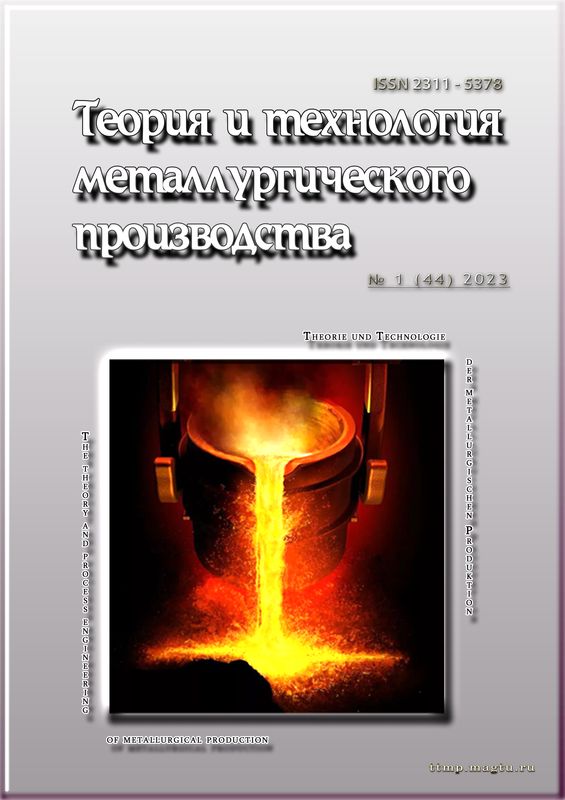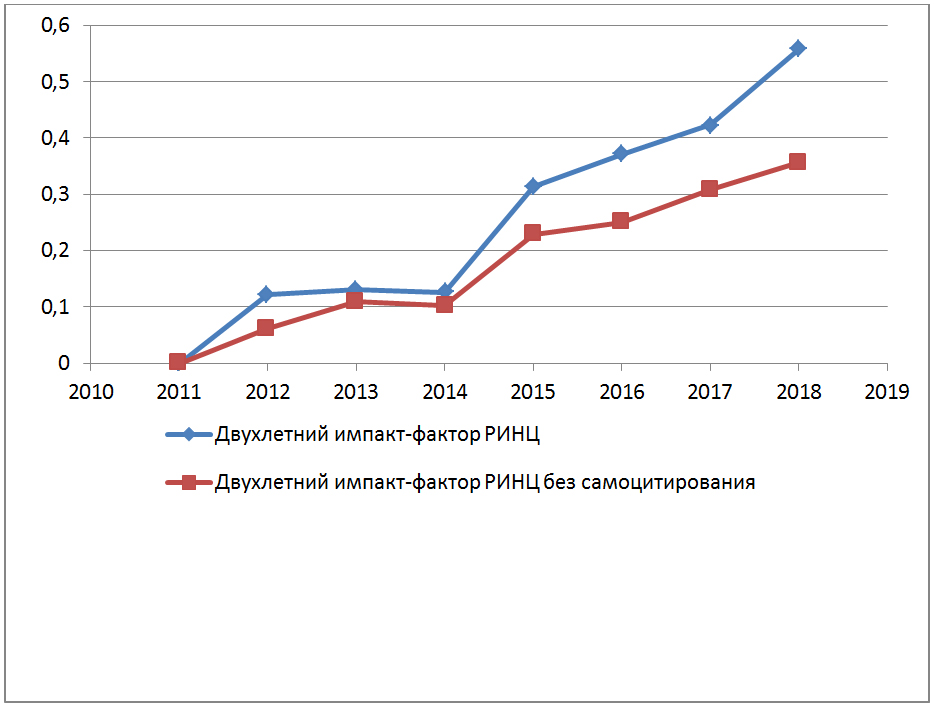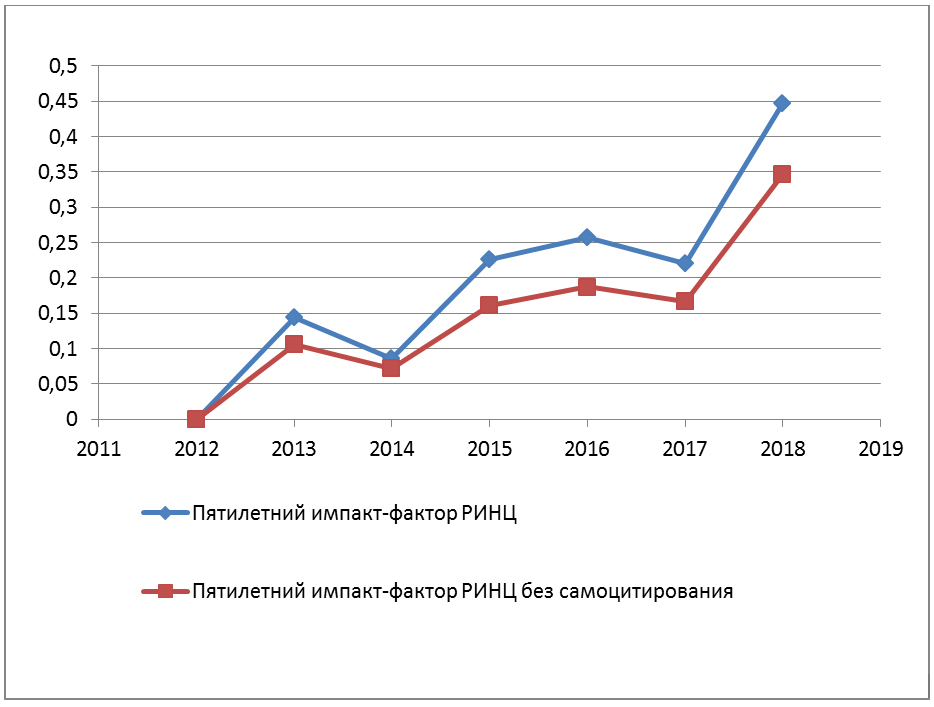Abstract
Overhead line wires are subject to static and dynamic loads. The stiffness of wires has a great influence on their performance. The most effective way to increase the stiffness of a wire is to increase the strength of the steel wire. According to Russian standards the requirement for the minimum tensile strength of galvanised steel wire ranges from 1380 N/mm2 to 1450 N/mm2 depending on the wire diameter. Overseas, similar wires are manufactured with higher tensile properties: the tensile strength of European-made wire can be between 1900 N/mm2 and 2300 N/mm2. This paper identifies the main ways of increasing the strength of galvanised wire on the finished size and considers their methods of implementation and disadvantages. These methods include: increasing the mass fraction of carbon in steel, obtaining a fine structure in patenting, increasing the degree of deformation in drawing, reducing the temperature of galvanizing and holding time in the galvanizing bath, alloying with silicon or vanadium. A major influence on quality parameters such as strength and ductility of the wire, as well as the costs of wire production, has a significant influence on the used drawing route. An example of a process for producing high-strength galvanised wire for wire cores is given. The use of high-carbon steel, patenting, low-temperature galvanising and a new multiple drawing route with a total degree of deformation in the range of 80-85% provides a 1.2-1.3 times increase in the stiffness of power line wires.
Keywords: power wires, stiffness, steel wire, composition, technology, competitiveness





